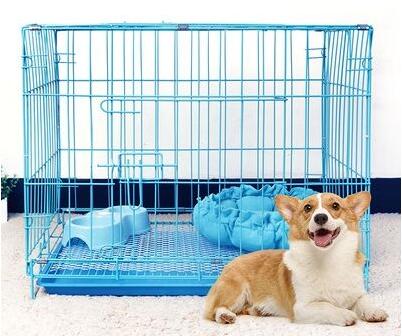Exploring the Versatility of Steel Sheets with Holes
Steel sheets with holes are increasingly finding applications across various industries due to their strength, durability, and versatility. This structured material, often characterized by uniformly spaced perforations or custom-designed openings, serves multiple functions ranging from aesthetics to practical engineering needs. This article delves into the significance, applications, and benefits of using steel sheets with holes, exploring why they have become an essential component across different fields.
The Manufacturing Process
The production of perforated steel sheets involves several advanced techniques. Manufacturers typically start with a standard steel sheet, which is then subjected to processes like punching, drilling, or laser cutting. The choice of method depends on the desired hole size, pattern, and overall sheet thickness. For instance, laser cutting allows for intricate designs with minimal material wastage, while punching is often employed for larger holes in thicker sheets.
The holes can be arranged in various patterns, from straight rows to complex, customized shapes, offering designers flexibility in their applications. The size and shape of the holes can also vary widely—ranging from tiny, micro-perforations to large openings—allowing for tailored solutions to specific industrial needs.
Applications in Various Industries
One of the primary advantages of perforated steel sheets is their multifaceted use across different sectors
1. Construction and Architecture In the construction industry, perforated steel sheets are often used in facades, ceilings, and wall cladding. They not only enhance the aesthetic appeal of buildings but also improve natural lighting and ventilation. The pattern can be designed to create artistic effects while maintaining structural integrity.
2. Automotive Industry In automotive manufacturing, these sheets are used for a range of applications, including exhaust systems, offering lightweight yet durable solutions. The reduced weight helps in improving fuel efficiency without compromising on strength.
3. Electronics Perforated steel sheets are also common in electronic enclosures, where they provide critical airflow for cooling electronic components. The design allows for electromagnetic interference shielding while ensuring adequate ventilation.
4. Industrial Applications In manufacturing and processing plants, perforated sheets are utilized in filtration systems, screens, and separators. They help in regulating airflow, and fluid movement, and are essential in keeping machinery operational by preventing the entry of larger debris.
steel sheet with holes

5. Furniture Design Designers and manufacturers are increasingly using perforated sheets in furniture production. From modern shelving units to decorative partitions, these sheets provide both aesthetic value and functional benefits, such as weight reduction.
Benefits of Using Perforated Steel Sheets
The use of perforated steel sheets offers numerous benefits
- Weight Reduction Compared to solid sheets, perforated ones are significantly lighter while still maintaining strength. This is particularly advantageous in applications where weight is a critical factor, such as automotive manufacturing.
- Aesthetic Appeal With a variety of patterns and designs possible, perforated sheets can enhance the visual appeal of structures, making them not only functional but also stylish.
- Versatility The ability to customize hole sizes and arrangements allows for the creation of sheets tailored precisely to the needs of specific projects, making them exceptionally versatile.
- Improved Airflow and Sound Dampening The design of perforated sheets permits airflow while reducing noise, making them useful in both industrial and architectural applications.
- Durability Steel is inherently robust, and when perforated, these sheets maintain high durability, resisting wear and tear in demanding environments.
Conclusion
In conclusion, steel sheets with holes exemplify the intersection of functionality and aesthetic design. Their diverse applications across multiple industries underscore their importance in modern manufacturing and construction. As technology continues to evolve, so too will the methods and possibilities for using perforated steel sheets, ensuring they remain a vital material for years to come. With their adaptability and unique features, they will undoubtedly continue to inspire innovative designs and solutions across various fields.

















